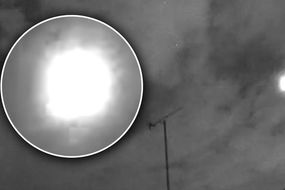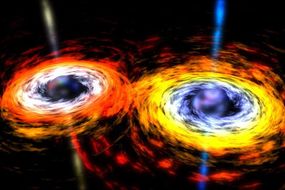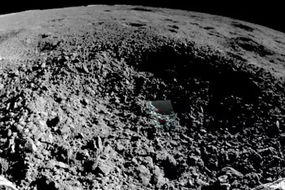Alien life: Moon ‘fishing net’ for extraterrestrial evidence, Harvard astronomers claim – Express.co.uk
ALIEN life evidence may be accumulating on the lunar surface, an esteemed Harvard professor has proposed.
The Moon may provide the most efficient method of obtaining evidence for alien life, a groundbreaking new scientific paper has proposed. Harvard astronomers Professor Abraham Loeb and Manasvi Lingam suggest in a new paper how the lunar surface could act as a “fishing net” for interstellar objects. Such objects from outside our solar system could collected over time on the lunar surface and potentially store the building blocks of life from the habitable environments around other stars.
The pair wrote in their paper: “The lack of a lunar atmosphere guarantees that these messengers will not burn up on their way but instead reach the lunar surface.
Will the unique qualities of the lunar surface enable new frontiers in astronomy?
“In addition, the geological inactivity of the Moon implies that the record deposited on its surface will be preserved and not get mixed with the deep lunar interior.
“Serving as a natural mailbox, the lunar surface collected all impacting objects over the past few billions of years.
“Most of this ‘mail’ originated from our neighbourhood within the Solar System.”
READ MORE: See the astronomy photography of the year
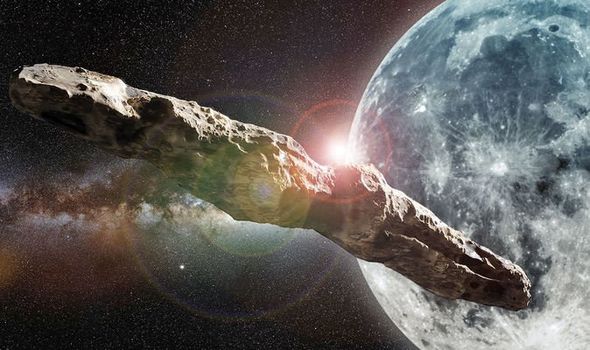
Alien life news: Might ET evidence be accumulating on the lunar surface? (Image: Getty)

Alien life news: Harvard’s Professor Abraham Loeb the lunar surface could act as a “fishing net” (Image: Getty)
Space scientists now know the Solar System also intercepts external objects from interstellar space.
These range from dust particles to free-floating planets and stars.
The first interstellar object, the 200m long cigar-shaped `Oumuamua, made headlines around the world when it was first reported in 2017.
And earlier this year another was tentatively discovered in the form of one metre-size meteor from outside the Solar system, after burning-up in our atmosphere in 2014.
On the assumption these interstellar enter the Solar System on random trajectories, Professor Loeb and his team estimated the amount of interstellar material collected on the surface of the Moon over its history.
READ MORE: Telescope captures multicolour photo of first-ever interstellar comet
And although Moon rocks were famously returned to Earth by the NASA Apollo mission, they were likely contaminated by human hands.
This, they argue is the reason why evidence of interstellar impactors carrying the building blocks of extraterrestrial life has yet to be discovered on the lunar surface.
Professor Loeb wrote in Scientific American: “The fundamental question is whether distant life resembles the biochemical structures we find on Earth.
“Similarities might imply that there exists a unique chemical path for life everywhere or that
life was transferred between systems.
READ MORE: Astronomers spy black hole SWALLOWING neuton star
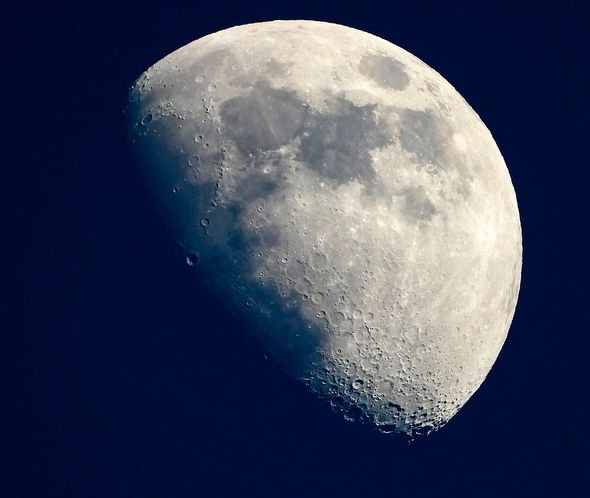
Alien life news: Alien objects could collect over time on the lunar surface (Image: Getty)
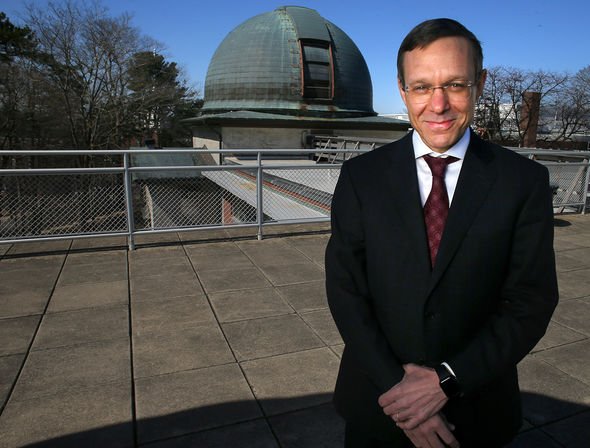
Alien life news: Harvard astronomer Professor Abraham Loeb has long been associated with academic alien research (Image: Getty)
“Either way, a lunar study shortcuts the need to send spacecrafts on extremely long missions to visit other star systems.
Getting similar information from a trip to the nearest star system: Alpha Centauri A, B or C, would take nearly nine years even if the spacecraft were to travel at the maximum speed allowed in nature, the speed of light.
Chemical rockets, meanwhile, could make this journey only after a hundred thousand years, of order the time that elapsed since the first modern humans began migrating out of Africa.
The Harvard astronomers conclude: “Excavating the lunar surface for physical evidence of etraterrestrial life is dramatically faster.”
